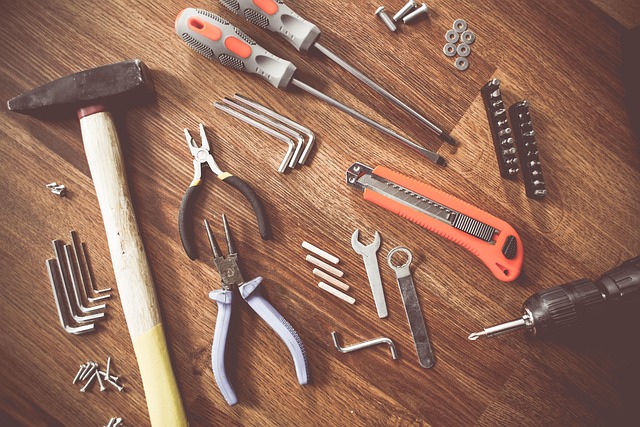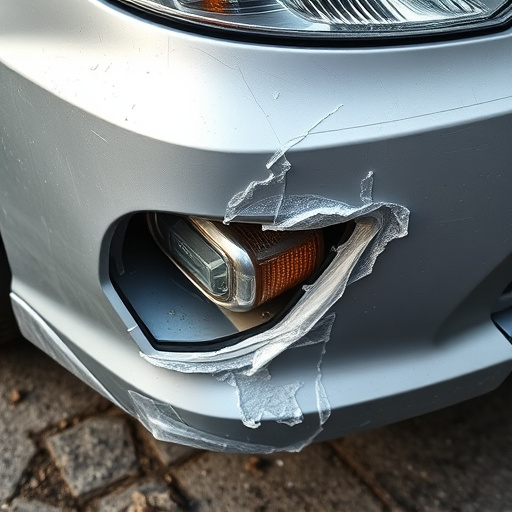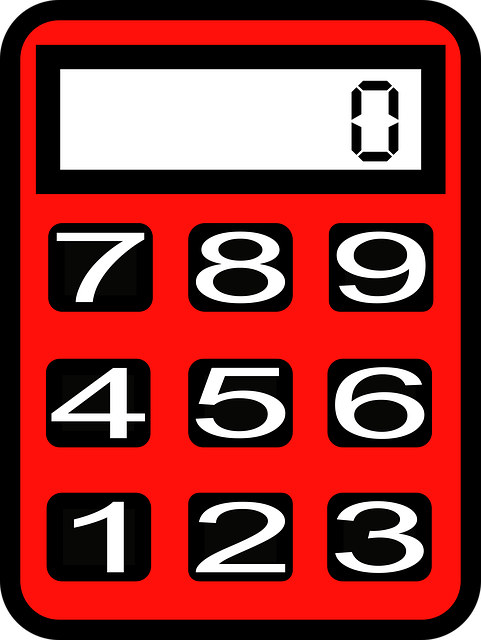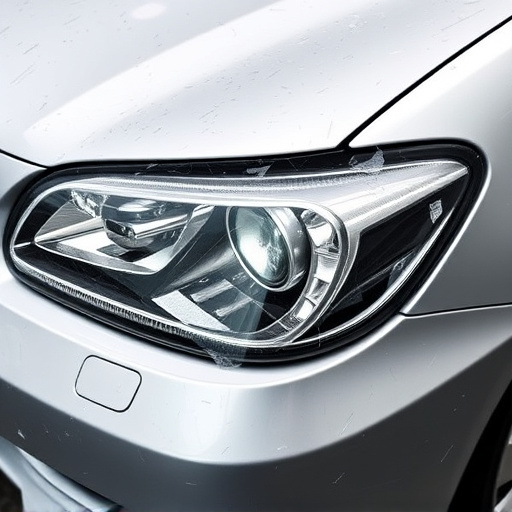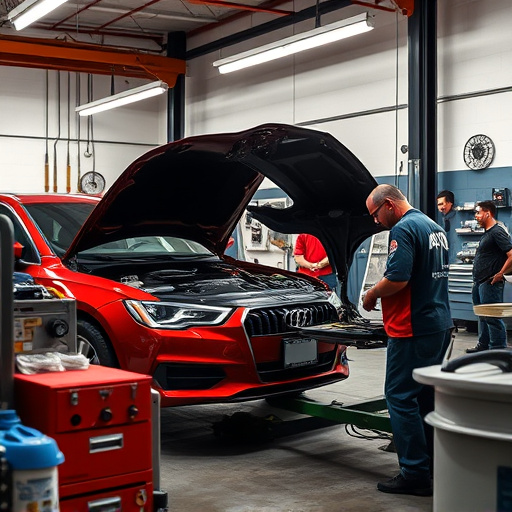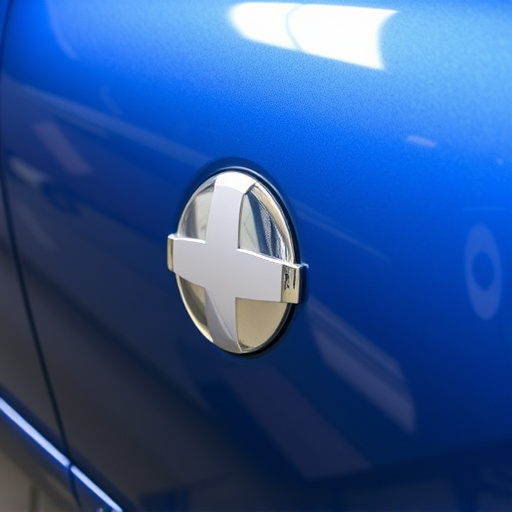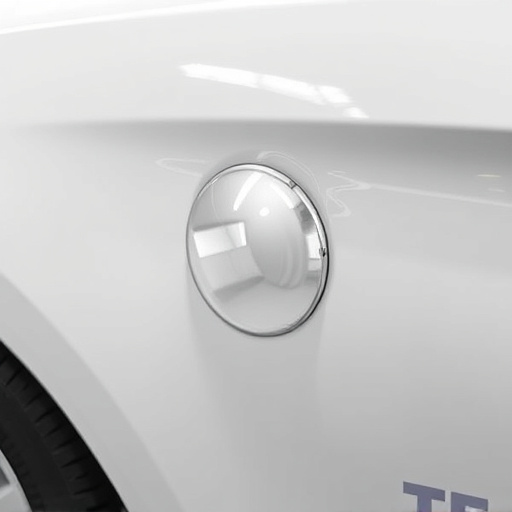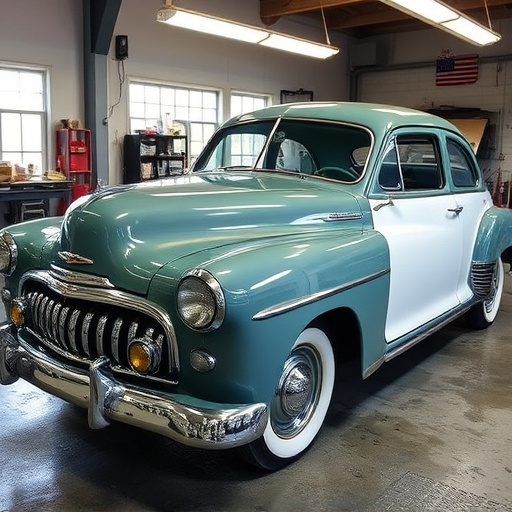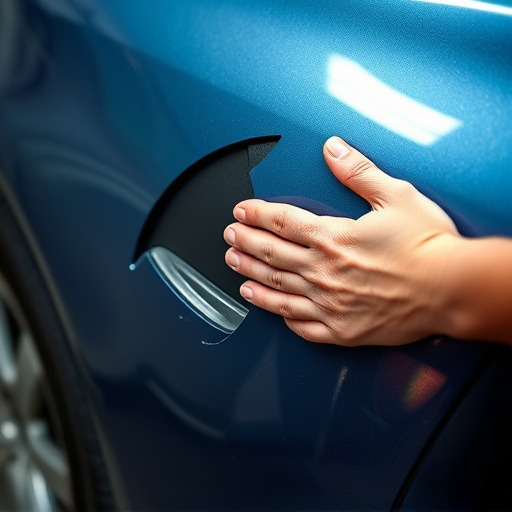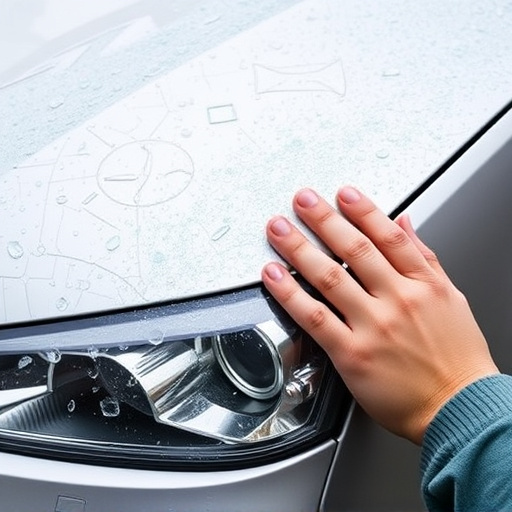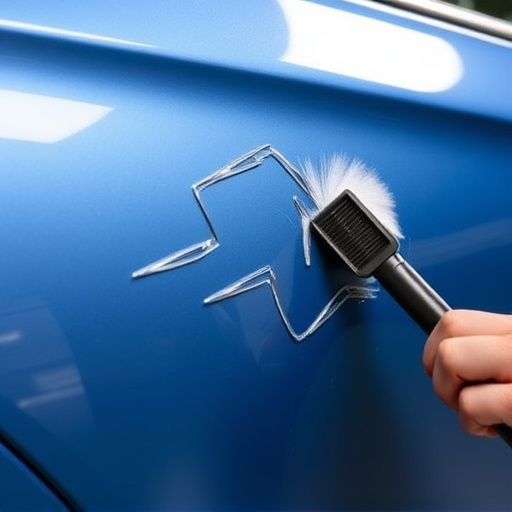Trim restoration collisions in automotive repair refer to exterior trim damage caused by impact. Efficient repairs require specialized tools and techniques for prompt, high-quality results. Effective training, including hands-on practice and knowledge sharing, equips technicians to deliver seamless services. Meticulous attention to detail, best practices, safety protocols, and consultation for complex cases ensure customer satisfaction through precise trim restoration collision repairs.
Training teams to master trim restoration collision techniques is essential in achieving seamless, high-quality results. This comprehensive guide explores the fundamentals of trim restoration collisions, providing valuable insights for professionals. We delve into effective training strategies, ensuring teams are equipped with the skills needed. Additionally, we offer practical tips and best practices to consistently deliver exceptional outcomes. By understanding these key aspects, you’ll revolutionize your team’s performance in the field of trim restoration collision work.
- Understanding Trim Restoration Collision Basics
- Effective Training Strategies for Teams
- Achieving Seamless Results: Tips and Best Practices
Understanding Trim Restoration Collision Basics
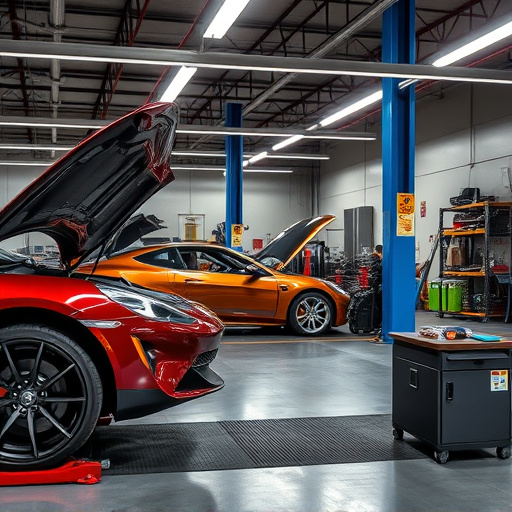
Trim restoration collisions are a common issue in the automotive industry, referring to the damage caused when a vehicle’s exterior trim—like moldings, panels, and badges—sits improperly or becomes detached due to impact or mishandling. These collisions can range from minor dents to significant deformities, impacting both the vehicle’s aesthetics and value. Understanding the basics of trim restoration collision repair is crucial for ensuring seamless results in car body restoration processes.
Proficient technicians employ a combination of specialized tools and techniques for dent repair, including using pneumatic tools for precise adjustments and paintless dent repair methods for minimal damage. The goal is to restore the car’s exterior to its pre-collision condition, enhancing its overall appearance and resale value. Effective training in these procedures ensures teams are equipped to handle trim restoration collisions efficiently, providing owners with top-notch car body repair services.
Effective Training Strategies for Teams

Effective training strategies are pivotal in equipping teams to deliver exceptional trim restoration collision results. These strategies should focus on both technical proficiency and soft skills. For instance, hands-on training sessions using real trim components simulate collision scenarios, enabling technicians to perfect their dent removal and car paint repair techniques. Incorporating interactive demonstrations and practice exercises ensures that team members not only understand the processes but also gain confidence in their abilities.
Additionally, fostering a collaborative environment where knowledge sharing is encouraged can significantly enhance the team’s performance. Regular workshops and refresher courses on emerging trends in automotive repair services, such as advanced dent removal techniques, keep everyone updated. Equipping technicians with the right tools, including high-quality equipment for trim restoration collision work, further supports their proficiency. These strategies collectively contribute to seamless and accurate collision results, ensuring customer satisfaction.
Achieving Seamless Results: Tips and Best Practices
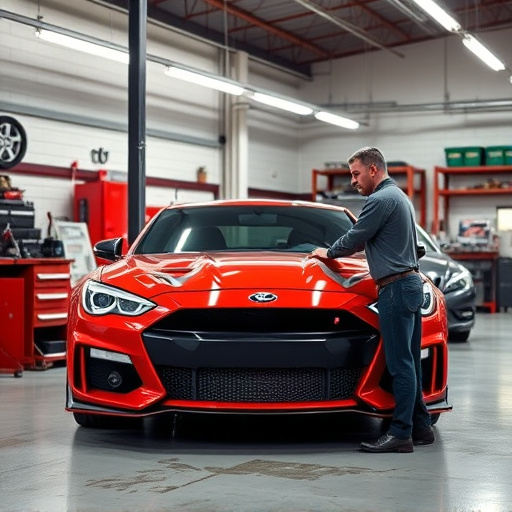
Achieving seamless results in trim restoration collision repairs is paramount for maintaining a high-quality standard and customer satisfaction within a vehicle body shop. To accomplish this, teams should focus on meticulous attention to detail and consistent application of best practices. Begin with thorough inspection and documentation of the damage, ensuring all parties involved have a clear understanding of the scope of work.
Next, utilize specialized tools and techniques tailored for trim restoration to accurately match the original factory specifications. Regular training sessions and knowledge sharing among technicians can enhance precision and speed. Additionally, maintaining a clean and organized workspace, utilizing proper protective gear, and adhering to safety protocols are essential practices that contribute to seamless results. For complex cases, consider consulting with experienced professionals or manufacturers for guidance on best practices in auto body repair, including meticulous auto glass replacement when necessary.
Training teams to excel in trim restoration collisions is key to delivering exceptional vehicle repair outcomes. By mastering effective training strategies, such as hands-on simulations, detailed documentation, and ongoing skill assessments, teams can achieve seamless results that meet or exceed customer expectations. Adopting best practices, including standardized procedures and continuous learning, ensures consistent quality in trim restoration, making it a vital component of any successful collision repair facility.


